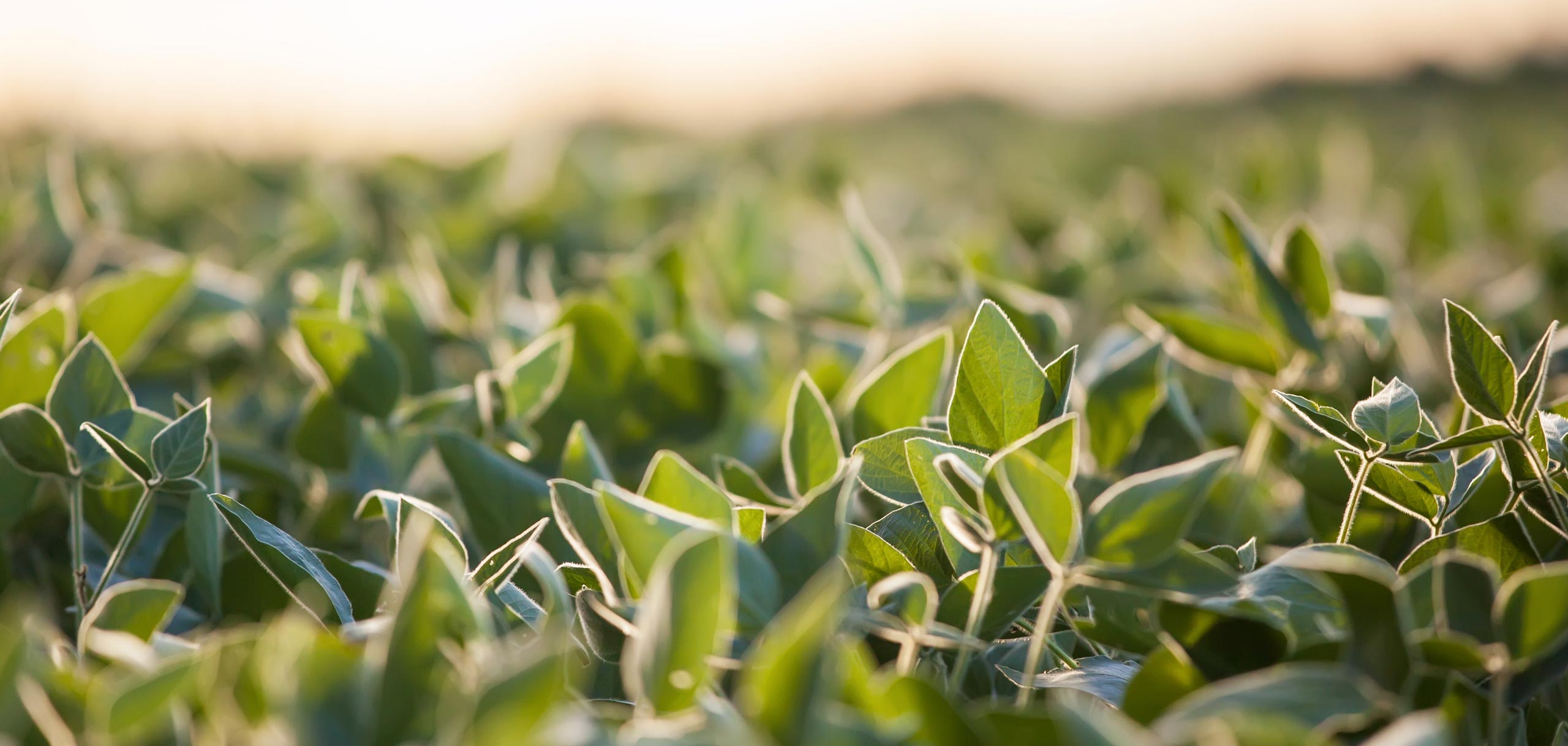USSEC SEA Kicks Off Asian Aquafeed Formulation Database
- Category:
- General News

The myriad aquatic species in Southeast Asia, variety of available feed ingredients and rich culinary traditions centered on seafood make the region one of the most vibrant and brimming with aquaculture potential. Yet the lack of a common database for standards in aquafeed formulation imposes undue limits on the region’s aquaculture growth prospects.
USSEC, the U.S. Agency for International Development and a consortium of experts including the University of Guelph Fish Nutrition Research Laboratory are coming together to work towards creating a comprehensive formulation database for aquaculture – the Asian Aquaculture Feed Formulation Database (AAFFD).
Led by the USSEC SEA aquaculture team, the AAFFD aims to offer a rational and profitable approach to aquafeed formulation. Databases on Southeast Asia’s wide range of available ingredients and the nutritional needs for 22 cultured aquatic species according to age and species will be consolidated in the AAFFD.
The concept of the AAFFD was introduced in one-day workshops held in December 2014 across several cities in Southeast Asia and key aquaculture production centers. USSEC Southeast Asia Technical Director – Aquaculture Lukas Manomaitis spoke on the need to create a standardized, publicly available aquafeed formulation database for the industry, focusing on species common in Asia.
USSEC Feedmill and Aquafeed Nutrition Consultant Mark Newman of M&N Aqua Nutrition Consulting shared the current different approaches and tools for feed formulation in the industry, using protein, lipids, fatty acids and energy as the different basis or entry points for nutrient formulation.
For efficient and quality feed production, good linkages should be forged between these principle actors: feed formulator or nutritionist, quality assurance personnel, sales personnel and production manager. To iron out the kinks in the workflow between all parties, where one party might have work objectives that differ from or potentially create issues for others, Dr. Newman proffered that feed mill managers should make an effort to encourage regular meetings involving all parties, which would facilitate communication across the board and provide all parties with a macro-perspective of how they can best work together.
Dr. Indra Suharman of Riau University, Faculty of Fisheries and Marine Sciences, spoke on the utility and safety of GM soy in freshwater diets, citing studies conducted on Nile tilapia and common carp. The conclusion was that protein utilization, feed efficiency and growth were not significantly different between fish fed GM and non-GM soy for both species with only low to faint signals of (transgenic) DNA fragments in the blood and other organs of fish fed the former.